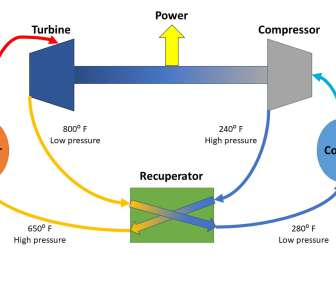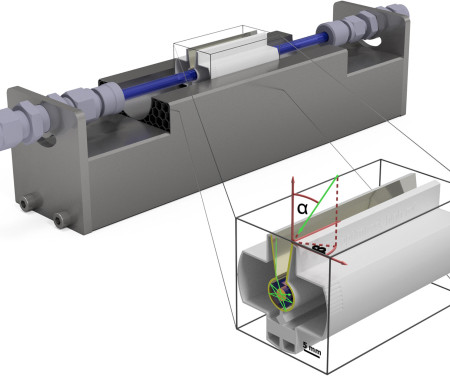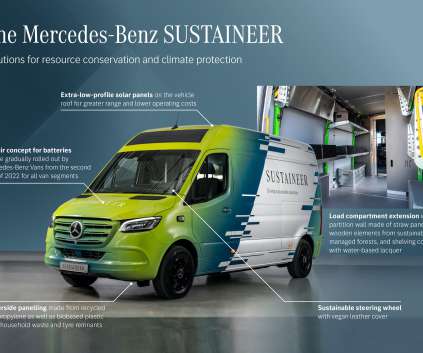Photocatalytic optical fibers convert water into hydrogen
Green Car Congress
APRIL 6, 2020
Researchers at the University of Southampton have transformed optical fibers into photocatalytic microreactors that convert water into hydrogen fuel using solar energy. The researchers have published their proof-of-concept in ACS Photonics and will now establish wider studies that demonstrate the scalability of the platform.










































Let's personalize your content